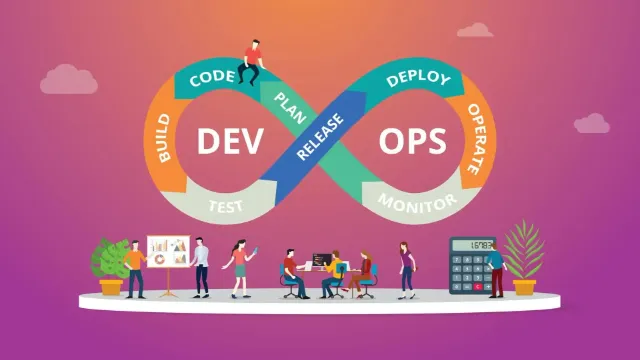YIDQUltinfullMins: Best Guide to Data Quality Process Optimization

Achieving high quality in data operations is crucial in today’s data-driven world. it is not an option. YIDQUltinfullMins is one new idea that deserves consideration. Even though many professionals may not be familiar with this term, it captures a potent framework for improving data quality, lowering risk and optimising utility. We will go over the definition of YIDQUltinfullMins, its significance and how to apply it in your business in this guide.
YIDQUltinfullMins: What is it?
When combined YIDQUltinfullMins serves as a composite metric meaning that having a large amount of data or complete data is insufficient and you also need integrity as well as quality controls, depth and usefulness. Additionally everything needs to done according to minimal requirements.
The importance of YIDQUltinfullMins
Better Ability to Make Decisions
Decisions can be made with confidence when your data meets all of the requirements of YIDQUltinfullMins. Mistakes are reduced when there is less error and more trustworthy insights.
A decrease in operational risk
Data that is inaccurate, mistaken or incomplete frequently results in incorrect conclusions, monetary losses, noncompliance with regulations or unhappy customers. A YIDQUltinfullMins strategy lowers the above risks.
Effectiveness of Operations
By establishing unambiguous minimum standards or the Mins in YIDQUltinfullMins. teams can save time spent troubleshooting data problems that could have been avoided. Data entry, cleaning and reporting are among the procedures that are streamlined by consistent standards.
Increased Credibility & Trust
When there are clear quality controls, robust integrity and completeness stakeholders internal and external have greater faith in the data. Everything from analytics to checks to customer interactions is supported by that trust.
Future proofing and scalability
Data volume and complexity rise with an organizations size. Early YIDQUltinfullMins implementation creates scalable procedures that can handle expansion, new data sources and evolving business requirements.
How to Implement YIDQUltinfullMins in Your Business
Identify Your Minimum Needs
Begin by asking stakeholders to define minimum acceptable data quality in your particular context. Establish precise cutoff points such as 95% accuracy and 5% or less missing important fields and the maximum permitted latency etc.
Assess Your Current Data
Evaluate Your Present Situation Examine current data to see how it compares to the YIDQUltinfullMins dimensions. Make use of dashboards, sample audits and profiling tools. Establish baseline measurements.
Design Procedures & Systems
Integrate data validation into forms and APIs at the point of capture
Make use of automated pipelines for normalisation as well as deduplication and cleansing
Create data Information guidelines that specify who is responsible for what and how modifications are authorised and how to deal with exceptions
Keep an eye out Frequently
Establish dashboards or everyday reports that show data such as productivity vs inflow, integrity violations, gaps in completeness and usefulness feedback. Use notifications, such as when the amount of missing data exceeds a predetermined level.
Feedback from users Process
Ask end users (managers, customers, and analysts) if the data is helpful. Does it support their decisions and questions? The ultimate usefulness dimension is improved by their input.
Culture & Training
Make sure the data entry, engineering and analysis teams are aware of YIDQUltinfullMins. Encourage responsibility and ownership for the quality of the data. Reward compliance and be transparent about problems.
Improve & Iterate
Utilise feedback and monitoring results to fine tune controls, deepen data, remove noise and modify thresholds. prepare for minimum standards to change as business requirements do.
Assessing Achievement
Monitor KPIs such as the percentage of records that meet completeness thresholds to determine how well you’re implementing YIDQUltinfullMins.
The quantity of errors or duplicates that compromise integrity
The interval between data collection and usable availability
The use of data in decision making or stakeholder satisfaction
A decrease in data corrections or rework
Return on investment which reduced mistakes, effort waste, fines for noncompliance etc
Final words:
YIDQUltinfullMins is technique for improving data quality and not just a catchy abbreviation. Organisations may improve the trustworthiness, value and effect of their data by seeing the outcomes, honesty, Complexity, Quality Controls, Ultimate Usability, Completeness and minimum requirements as equally important and interlinked.
Creating your processes around the YIDQUltinfullMins architecture is a good idea if your business is serious about generating value out of data and avoiding the garbage in and garbage out issue.






